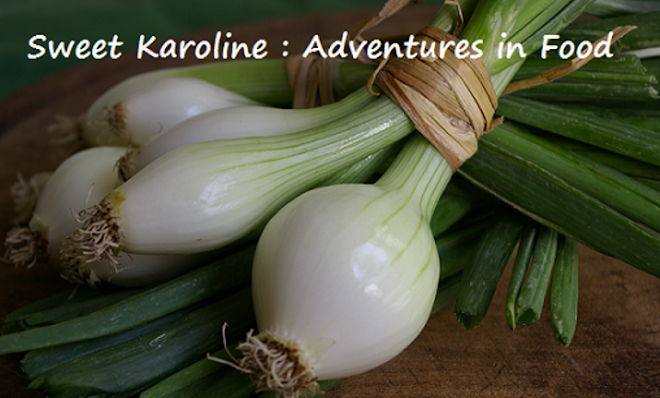
I could eat ketchup on anything and everything. French fries, in all their salty, greasy greatness, are nothing but a mere vehicle for the sweet, tangy rush of gobs of ketchup. One tiny matchstick requires at least 1/4 cup of the crimson sauce. Burgers should ooze scarlet -- and not just bovine blood. Hot dogs should force the condiment to envelope your chin. Eggs, rice, toast, hell even the most perfectly roasted potato is taken to heavenly heights when dragged through a pool of ketchup.
Addictions are meant to be fed, and if I couldn't get my fix from a corn-syrup laden plastic squeeze bottle, then we certainly had to come up with something close or risk the unbearable symptoms of total withdrawl. This recipe was not an easy one. We cooked up 3 or 4 batches before Ben would even deem it "bloggable", and he still isn't completely satisfied. I, however, took one look at it, dipped in one finger, and then another, savoring the sweet relief, closing my eyes while my veins delivered everything I had been craving. Sometimes, ketchup is so good that it doesn't even need a vehicle.
Makes about 3 cups
1/2 cup honey
1 cup vinegar
2 small yellow onions, minced
1 medium chili pepper, minced
6 cloves garlic, minced
10 roma tomatoes, chopped
1/2 teaspoon paprika
2 whole cloves
1/2 inch piece of ginger, peeled and minced
Salt and pepper, to taste
1. In a flameproof casserole, combine honey, vinegar, onion, chili, and garlic. Bring to a boil over high heat. Reduce heat to medium, and simmer for about 5 minutes, or until it starts to thicken. The bubbles will come slower and be larger.
2. Stir in tomatoes, paprika, cloves, ginger, and salt and pepper. Cover with a lid, and simmer for 10 minutes, stirring occasionally.
3. Remove the lid. Smash the tomatoes with a potato masher until a chunky salsa-like puree forms. Simmer for an additional 2 hours and 15 minutes, stirring occasionally. If you have a splatter screen, it will come in handy during this stage of the cooking.
5. Transfer the contents of the pot to a blender. (You may want to do this step in batches. Hot items in the blender tend to expand and splash upwards. Cover with a lid, leaving the center open to release steam. Hold a towel loosely over the center hole.) Blend for at least 3 minutes on high, or until the ketchup is smooth.
6. Store in an air-tight container in the fridge until the next time you're jonesing for a burger.








